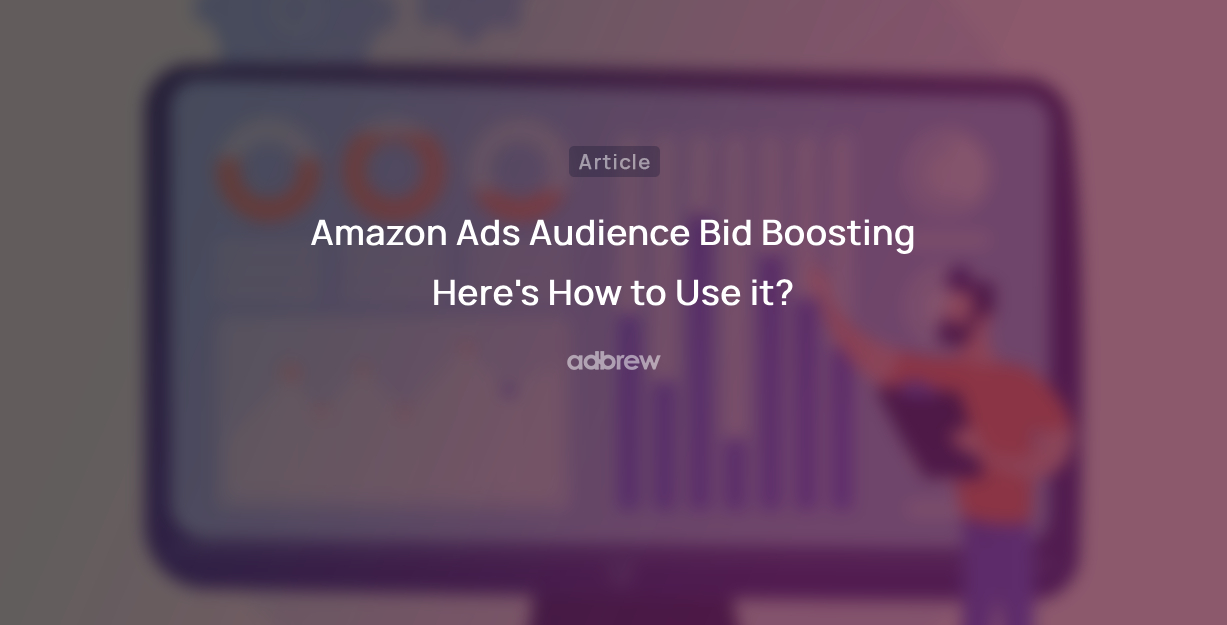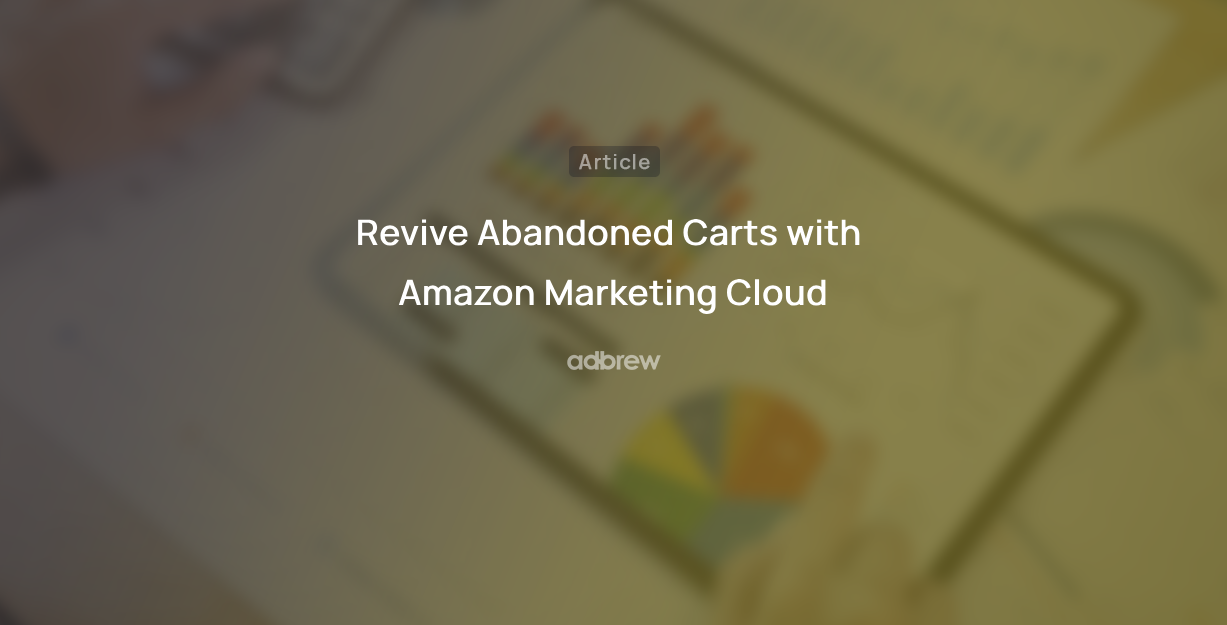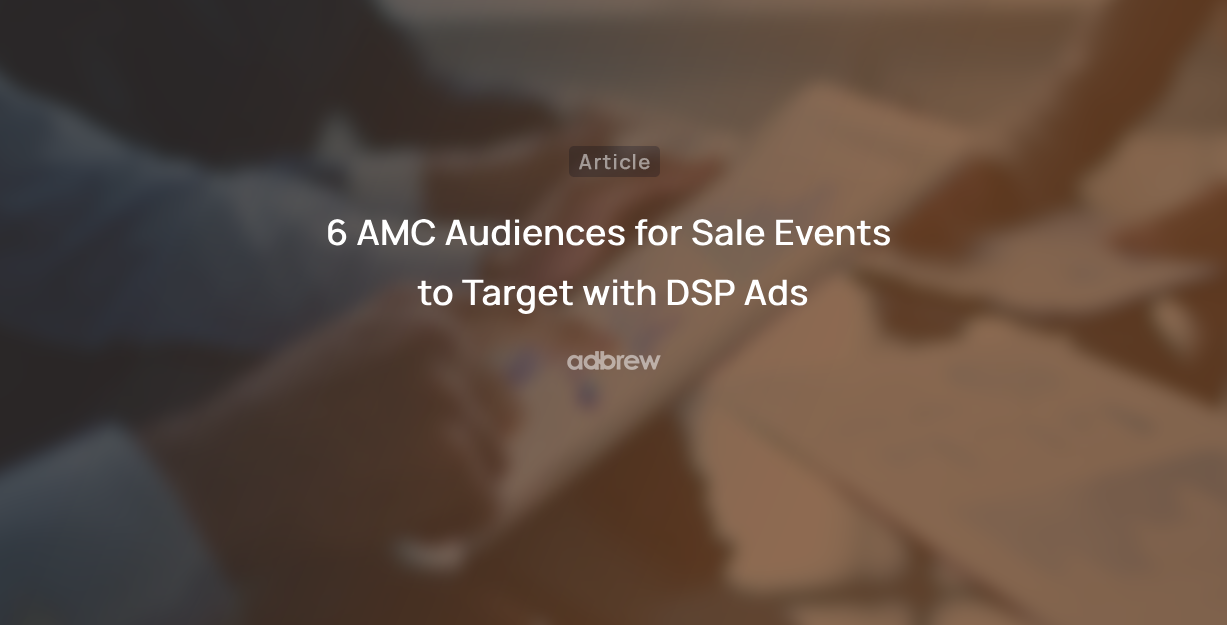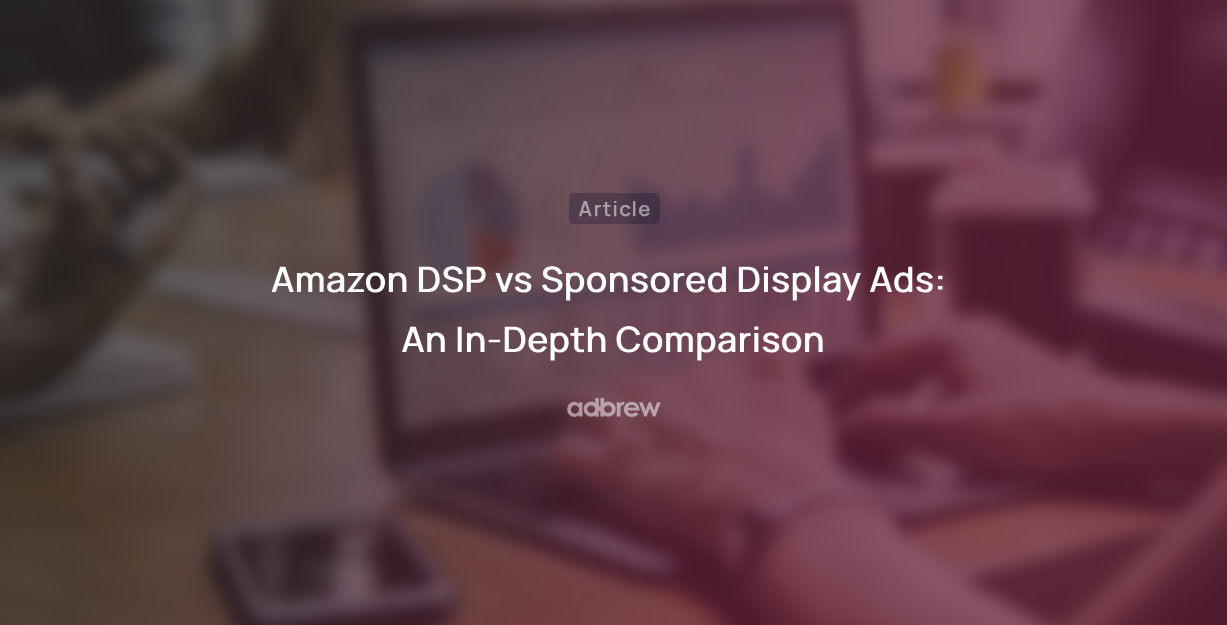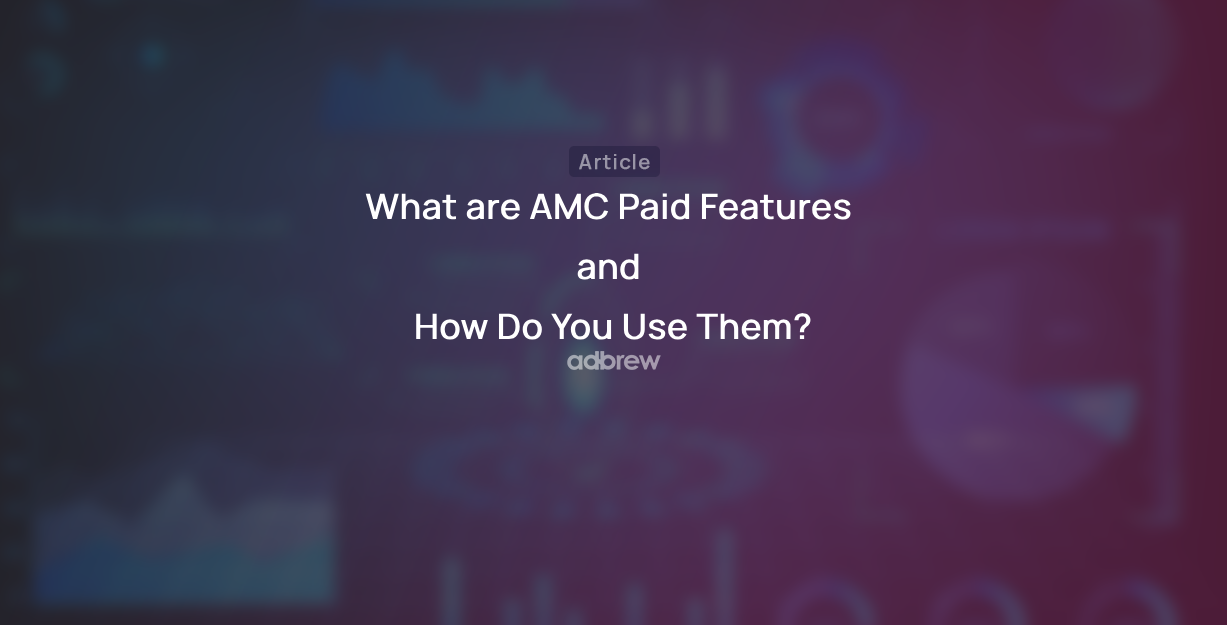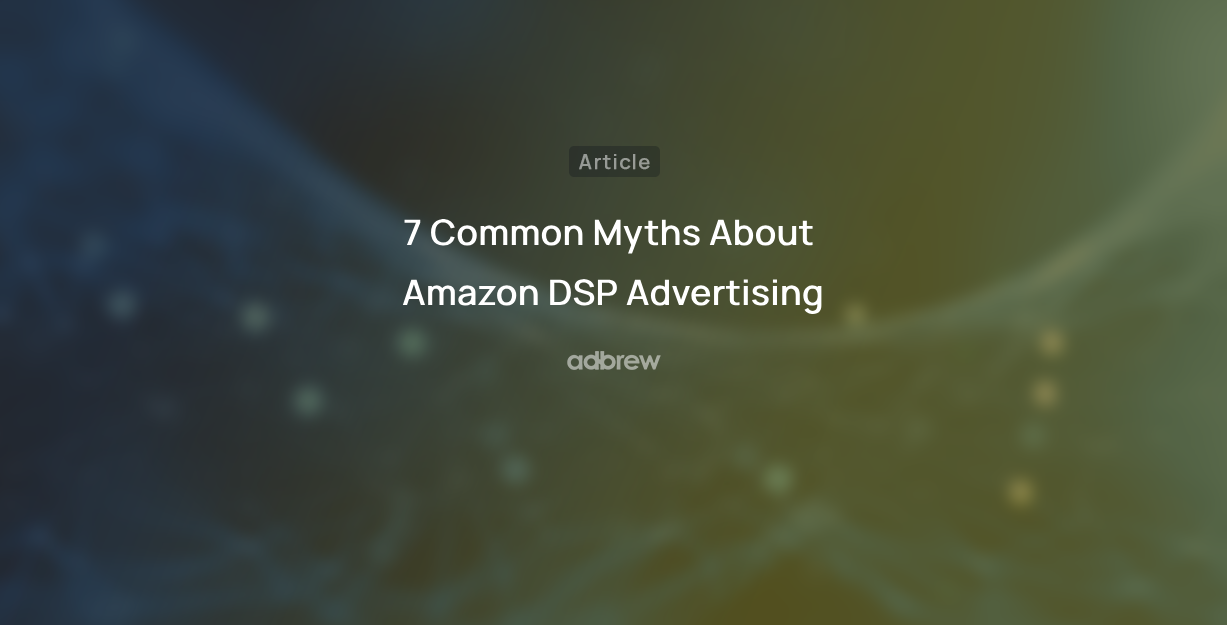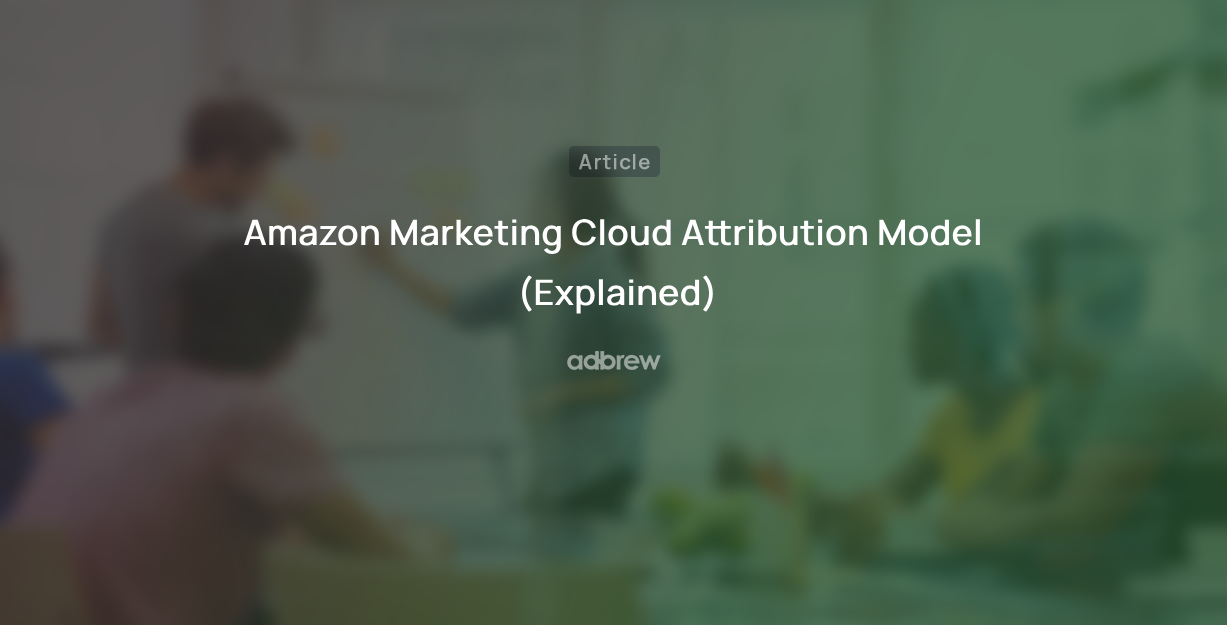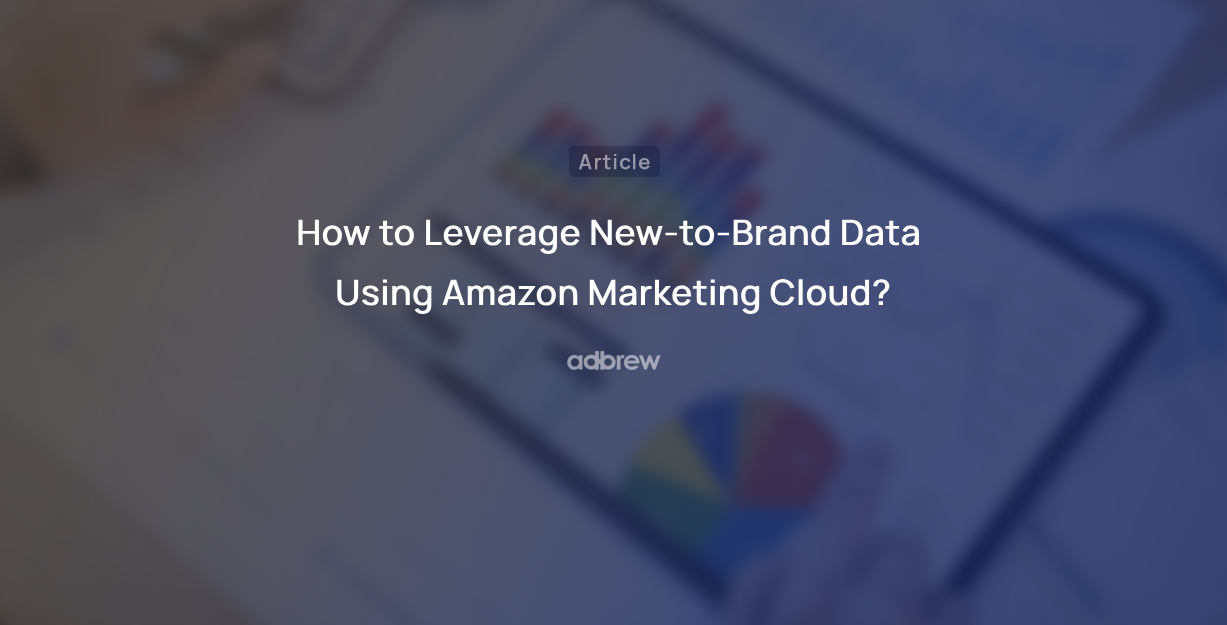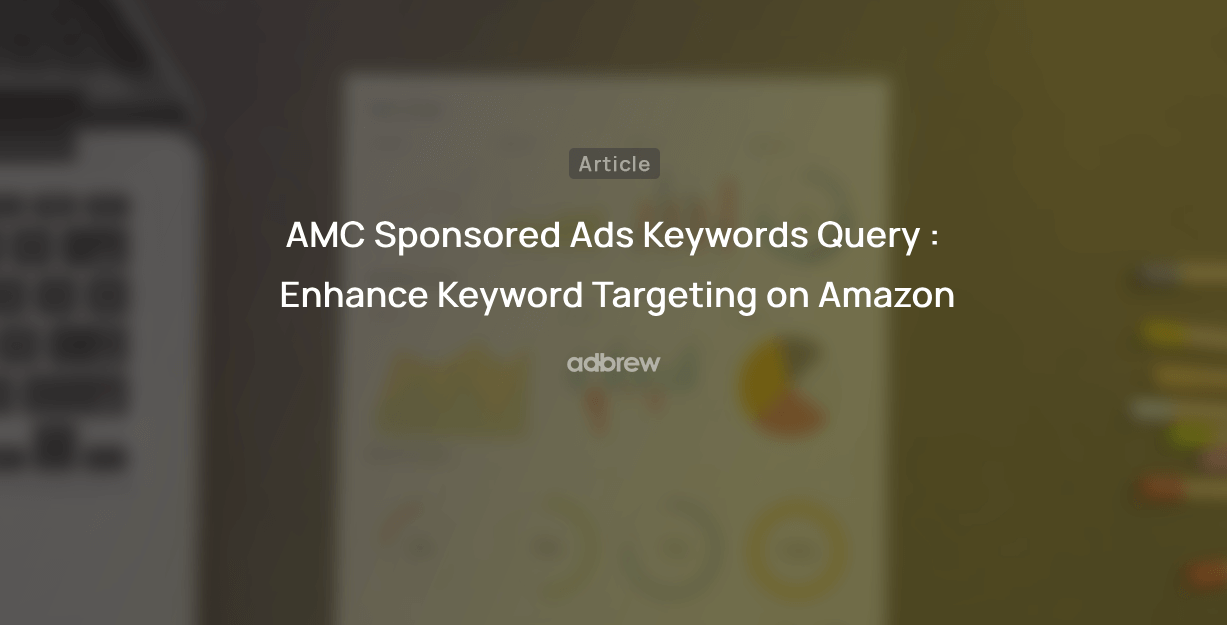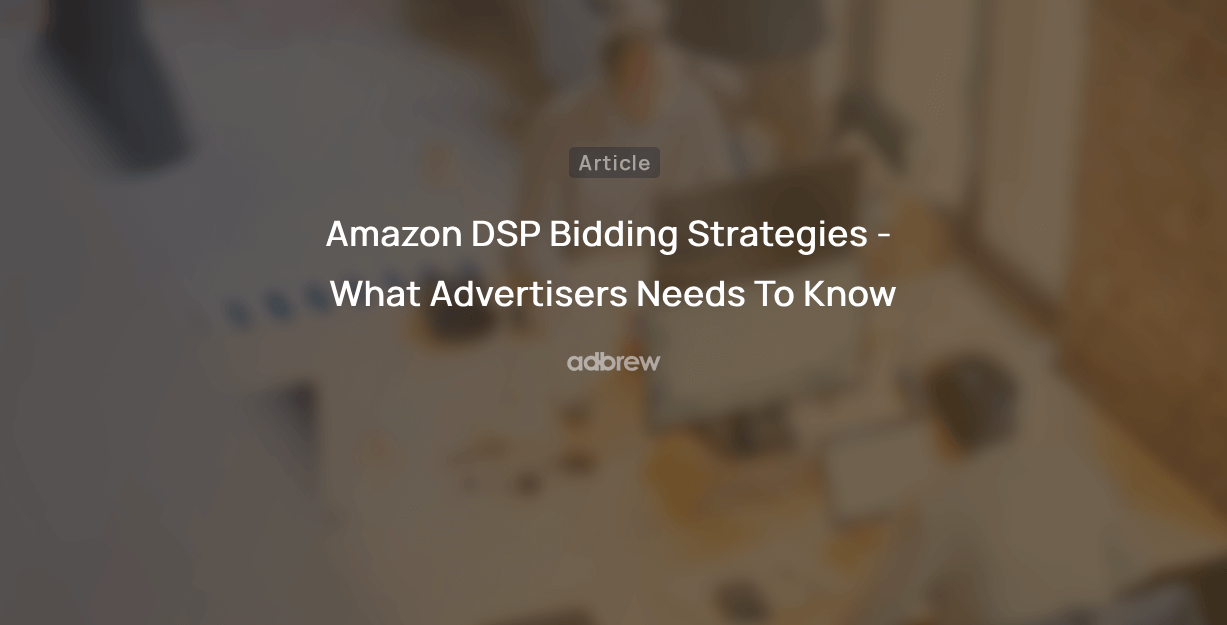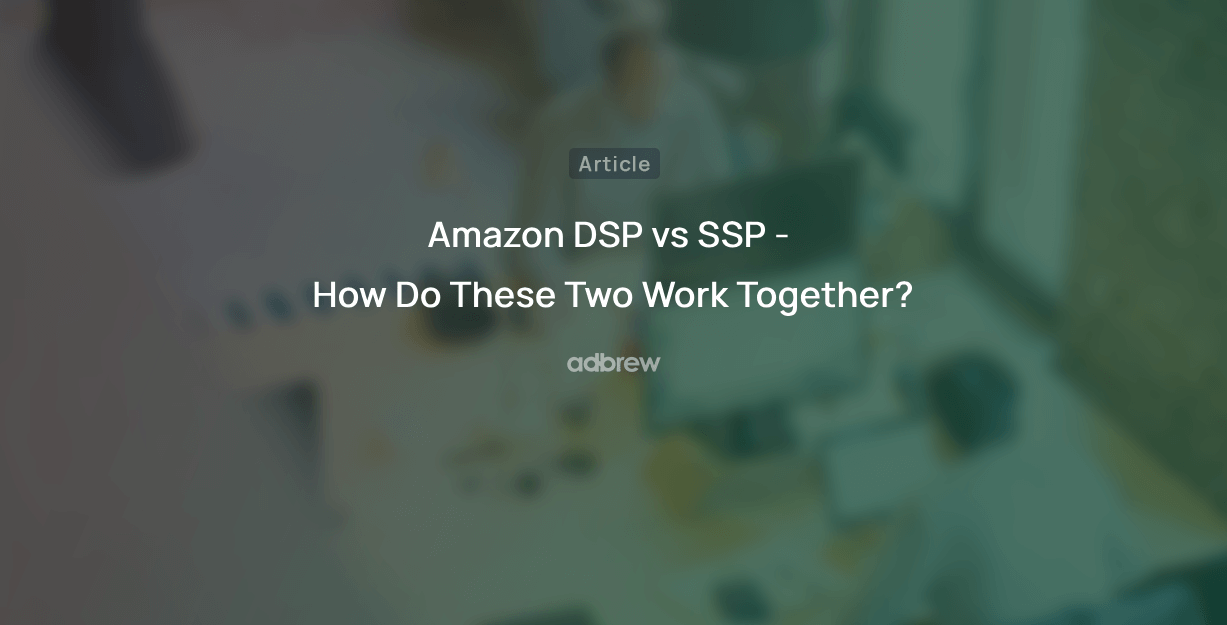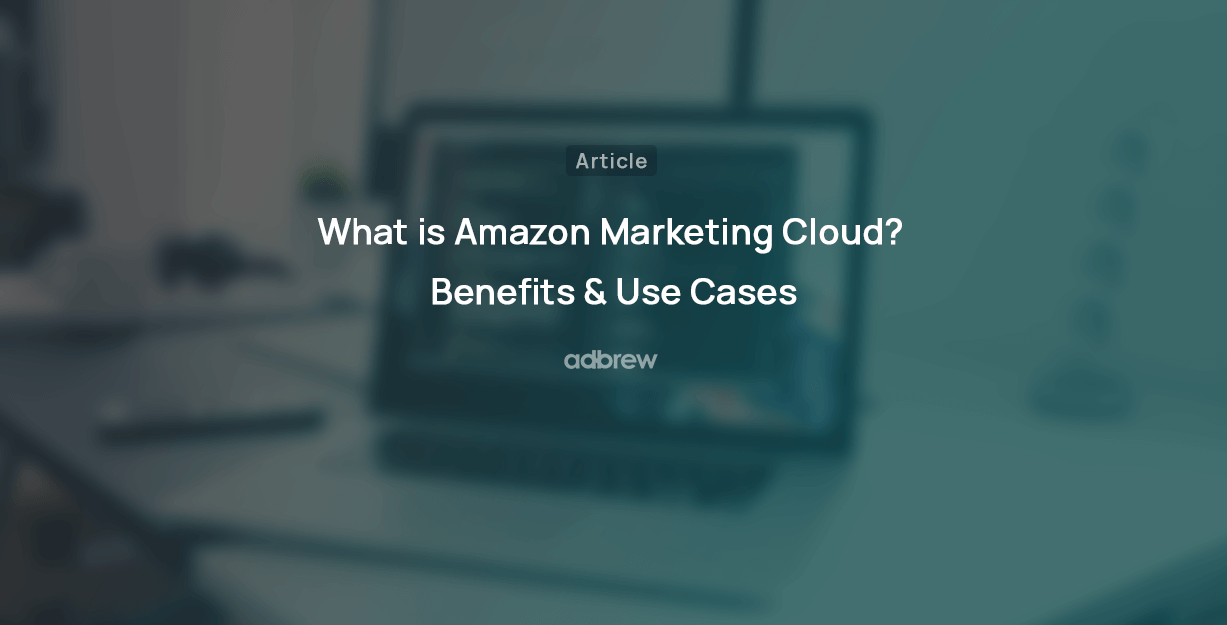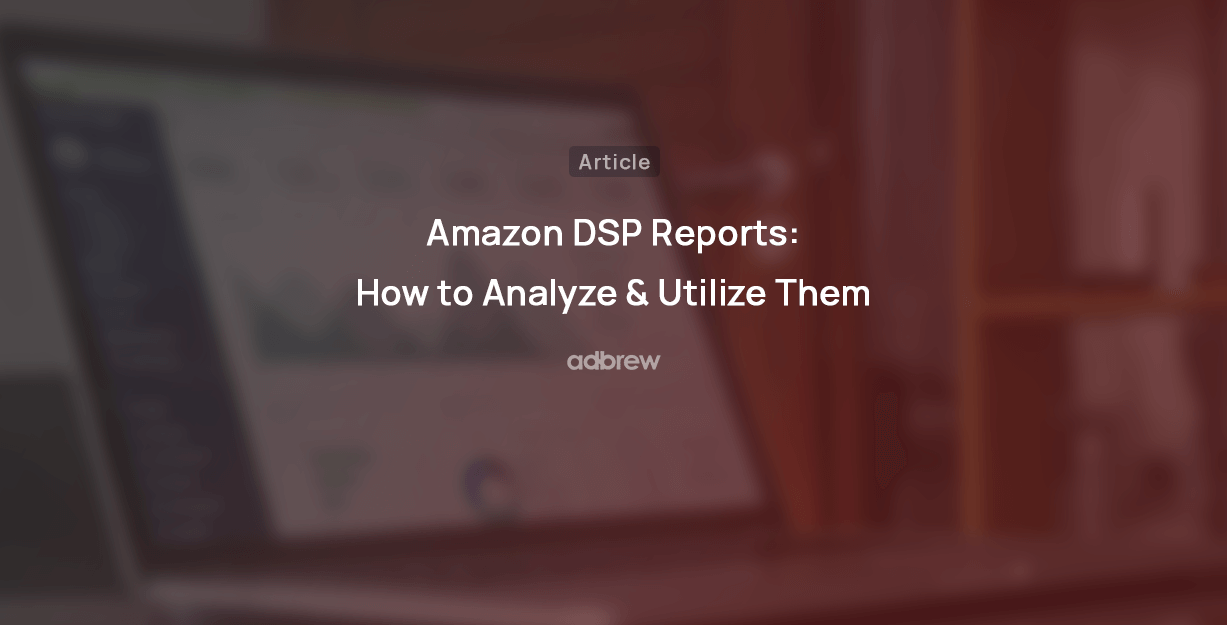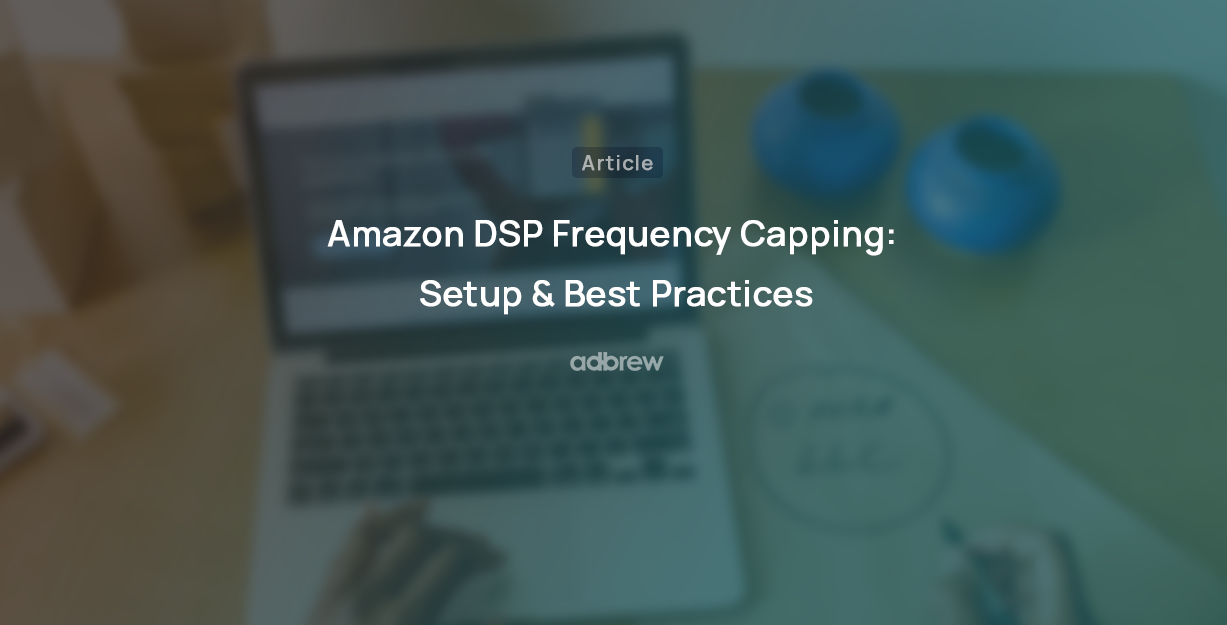Exclude Audience in Amazon DSP Campaigns to Increase ROI
28 May 2024
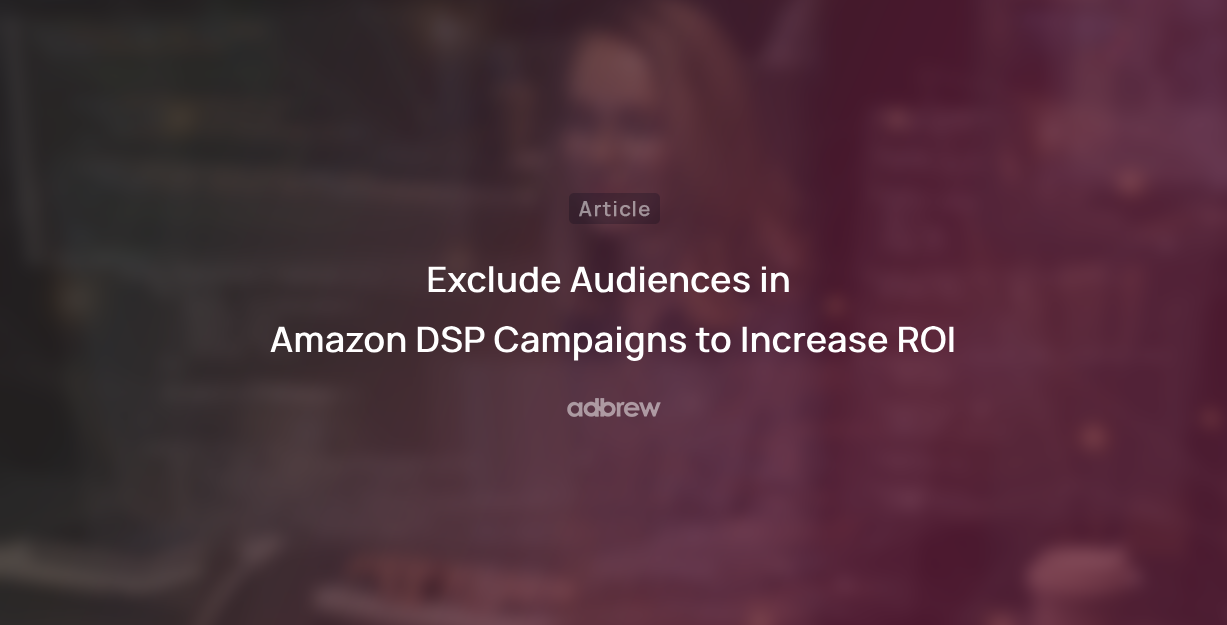
With the advent of Amazon Marketing Cloud (AMC), optimizing ad campaigns has become more versatile than ever. One notable feature is the implementation of Exclusion Audiences in DSP campaigns. While you could previously exclude audiences using Amazon DSP, AMC allows for even more precise audience refinement. This enhances ad targeting accuracy and reduces wasted ad spend.
In this blog, we will explore which audiences to exclude in Amazon DSP, the benefits of doing so, various use cases, and how to implement these exclusions in your DSP campaigns.
Understanding Exclusion Audiences
Exclusion audiences are groups of shoppers you choose to prevent from seeing your ads in an Amazon DSP campaign. By excluding these less relevant or low-converting audiences, you can concentrate your budget on more promising prospects and avoid wasting money on ads unlikely to result in conversions.
The Benefits of Using Exclusion Audiences
- Cost Savings: Prevents spending on non-relevant audiences.
- Higher ROI: Allocates budget more effectively to high-potential shoppers.
- Increased Ad Relevance: Ensures ads are shown to those most likely to convert.
Let’s dive into various exclusion audiences that can help you maximize your ad efficiency, along with use cases and examples for each:
1. Existing Customer Exclusions
Why Exclude Existing Customers?
Existing customers, especially those on subscription plans or repeat buyers, already have high brand loyalty. Serving ads to these customers can be redundant and result in wasted ad spend.
Use Cases
- Subscription Services: Exclude existing subscribers from general ad campaigns targeting new customer acquisition.
- Repurchase Products: For products with a typical repurchase cycle (e.g., beauty products, pet food), exclude recent buyers to avoid unnecessary ad impressions.
Implementation Strategy
- Basic Exclusions in DSP: Use DSP to exclude existing customers from your ad campaigns.
- Enhanced Exclusions in AMC: Upload customer data (such as email lists) to AMC to ensure a more precise exclusion of these customers.
Example:
If you sell a coffee bean subscription service, exclude existing subscribers from ads promoting new subscriptions. Instead, target them in separate campaigns with exclusive offers to increase retention.
2. Low Engagement Exclusions
Why Exclude Low Engagement Audiences?
Audiences who have interacted with your ads or viewed your detail page multiple times without converting are likely not interested in your product. Continuously targeting these low-engagement shoppers can lead to wasted ad spend and ad fatigue.
Use Cases
- Brand Awareness Campaigns: Exclude users from retargeting campaigns who have seen your brand awareness ads multiple times.
Implementation Strategy
- Frequency Caps in DSP: Utilize DSP to set frequency caps, ensuring ads are not shown excessively to the same audience.
- AMC Audiences: Using Amazon Marketing Cloud (AMC), you can create custom audiences to exclude specific groups from your targeting. These audiences can include people who:
- Have viewed multiple product detail pages but haven’t purchased.
- Have clicked on your Sponsored Product ads multiple times but haven’t converted etc.

To know more about Amazon Marketing Cloud Custom Audiences
Example:
A user has seen your shoe ad 5 times without clicking. Set a frequency cap to stop showing them that ad. Consider targeting them with a different ad creative or product category, or exclude them altogether to focus on new audiences.
3. Recent Purchasers Exclusions
Why Exclude Recent Purchasers?
Shoppers who have recently purchased your product are less likely to buy again immediately. Targeting these individuals can lead to unnecessary ad impressions without the likelihood of immediate conversion.
Use Cases
- High-Value Items: Exclude recent buyers of high-value items (e.g., TVs, appliances) from similar product ads.
- Seasonal Products: After a seasonal product purchase (e.g., winter coat), exclude those customers until the next buying season approaches.
Implementation Strategy
Detailed Exclusions in AMC: Use AMC to create custom exclusion lists based on recent purchase data, ensuring these shoppers are excluded for an appropriate duration post-purchase.
Example:
A customer just purchased a new laptop. Exclude them from general laptop ads for a few months. Instead, target them with ads for complementary products like laptop cases, antivirus software, or extended warranties.
4. Website Conversions/DTC Site Customers Exclusions
Why Exclude Website Conversions?
Customers who have already converted on your brand’s website (DTC – Direct-to-Consumer) are likely more engaged with your brand and have a higher lifetime value and profit margin compared to those converting on Amazon. Serving them Amazon DSP ads can be redundant and a waste of ad spend, as they are already familiar with your brands.
Use Cases
- DTC Brand with E-commerce Expansion: If a DTC brand expands to Amazon but has a well-established website with a strong conversion rate, exclude the existing audience from your Amazon DSP campaigns. Focus your Amazon DSP efforts on acquiring new customers who haven’t interacted with your brand before.
Implementation Strategy
- Customer List Upload: If you have a list of email addresses or other identifiers for website purchasers, you can upload this list to AMC and create a corresponding exclusion audience.
5. Demography/Geographical Exclusions
Why Exclude Demographic or Geographic Audiences?
Not all audiences are created equal. By excluding demographics or geographic locations that are less relevant to your product, you can sharpen your targeting and ensure your ads reach those most likely to convert. This reduces wasted ad spend and improves campaign efficiency.
Use Cases
- Age: Exclude audiences outside your target age range. For example, if you sell baby products, exclude users under 18.
- Location: Target specific regions or exclude those where your product is unavailable due to shipping restrictions or regulatory hurdles.
- Weather Patterns: Consider excluding regions with minimal or no rainfall throughout the year when advertising products like umbrellas.
Implementation Strategy
- Targeting by Demographics: Utilize built-in DSP features to target or exclude specific age groups, household incomes, and genders based on available data.
- Geo-targeting: Leverage DSP’s geo-targeting functionalities to target specific countries, states, regions, or even postal codes. You can also exclude locations where your product is unavailable or performs poorly.
- AMC Custom Audiences: Create custom audiences in AMC based on various demographic and geographic criteria for more precise targeting or exclusion.
Example:
A company sells high-end athletic apparel. They can exclude users under 25 (who may be on a tighter budget) and focus their campaigns on users in states with a high concentration of marathon runners.
Incorporating Exclusion Audiences into Campaigns
To effectively incorporate exclusion audiences into your DSP campaigns, consider the following steps:
- Initial Setup: Start with basic exclusions in DSP and progressively implement more granular and complex exclusions using AMC.
- Continuous Monitoring: Regularly review campaign performance data to adjust and refine your exclusion criteria.
Ready to get started with Adbrew?
Use Adbrew's AMC dashboard to view new-to-brand metrics for all your sponsored and DSP campaigns with ease.
Conclusions
Exclusion audiences are a powerful tool for Amazon DSP advertisers. By strategically excluding existing customers, recent purchasers, low-engagement audiences, and website converters, you can significantly reduce wasted ad spend and target the most promising customers. Leverage Amazon Marketing Cloud (AMC) for more sophisticated exclusions and continually monitor campaign data to optimize your targeting for maximum return on investment.
Recent Posts
Amazon DSP Ads Optimization Software

Related Blogs
This year’s Amazon Ads Unboxed event introduced a range of exciting features, from a revamped DSP console to the ability […]
With the advent of Amazon Marketing Cloud (AMC), optimizing ad campaigns has become more versatile than ever. One notable feature […]
Amazon DSP, a Demand-Side Platform, allows advertisers to target audiences accurately using Amazon’s extensive shopper data. But before starting a […]
Have you ever browsed through Amazon, adding items to your cart, but then got sidetracked and didn’t finish your purchase? […]
Amazon’s Demand-Side Platform (DSP) has become a game-changer for advertisers seeking to reach a massive audience of engaged shoppers. However, […]
Having spent considerable time working with Amazon DSP ads, we’ve observed a common challenge: achieving and measuring optimal results from […]
Are you a non-Amazon seller looking to tap into the power of Amazon’s advertising network? Amazon DSP, their Demand-Side Platform, […]
In recent times, there has been notable growth in the Amazon Marketing Cloud market, with an increasing number of brands […]
Sale events are all about reaching the right customers at the right time. But with so many promotions bombarding shoppers, […]
Amazon offers two different display advertising options for sellers: Sponsored Display ads and Amazon DSP ads. Selecting the right one […]
In today’s digital world, building a strong online brand is crucial for businesses of all sizes. While Amazon advertising solutions […]
Amazon Marketing Cloud offers free data analytics tools for analyzing advertising performance. However, the platform provides enhanced capabilities through its […]
Amazon Demand Side Platform unlocks programmatic advertising across many channels in the vast Amazon ecosystem and beyond, but often gets […]
Feeling trapped in the challenges of Amazon Sponsored Ads? Limited to engaging only with customers actively searching for your brand […]
Do you think the sales that Amazon has attributed to one of your campaigns are 100% accurate, and was that […]
Understanding the impact of our advertising efforts on attracting new customers is crucial for the growth of our brand. However, […]
Do you want to enhance the lifetime value of your customers on Amazon through targeted advertising campaigns? Upselling and cross-selling […]
It’s no secret that keyword targeting plays a crucial role in driving the audience to our product page on Amazon. […]
For brands navigating the complexities of Amazon advertising, understanding the customer journey from ad exposure to purchase used to be […]
If you are selling on Amazon, having a well-crafted remarketing strategy in place becomes crucial. Imagine re-engaging with potential customers […]
In digital advertising, Amazon DSP has emerged as a powerful tool for businesses to connect with their target audience and […]
Unlike Sponsored Ads, Amazon DSP offers the flexibility to run campaigns that guide users to either Amazon or non-Amazon destinations. […]
Whether you’re an advertiser seeking to connect with engaged shoppers worldwide or a publisher looking to monetize your ad inventory […]
Are you just starting with Amazon DSP (demand side platform) and feeling a bit lost in how to create Amazon DSP campaigns? We […]
As reported by Forbes, the global e-commerce marketplace boasts a staggering $6.3 trillion valuation, with Amazon contributing a significant 37.8% […]
Are you an e-commerce business owner looking for new and interesting methods to reach out to potential customers? Look no […]
In today’s data-driven era, brands can easily become disoriented without a complete understanding of how their target audiences are interacting […]
Do you think all of your customers purchase your product on the very first day when they are exposed to […]
We all utilize many different DSP ad types and targeting options available to advertisers in Amazon DSP. But how do […]
Amazon DSP (demand side platform) provides a multitude of targeting options, ranging from customer demographics, and behavioral targeting to contextual […]
Every advertiser wants their ads to reach a broad audience. However, showing an ad too many times to one person […]
With more and more shoppers turning to Amazon for online shopping, it is obvious why brands don’t want to limit […]

